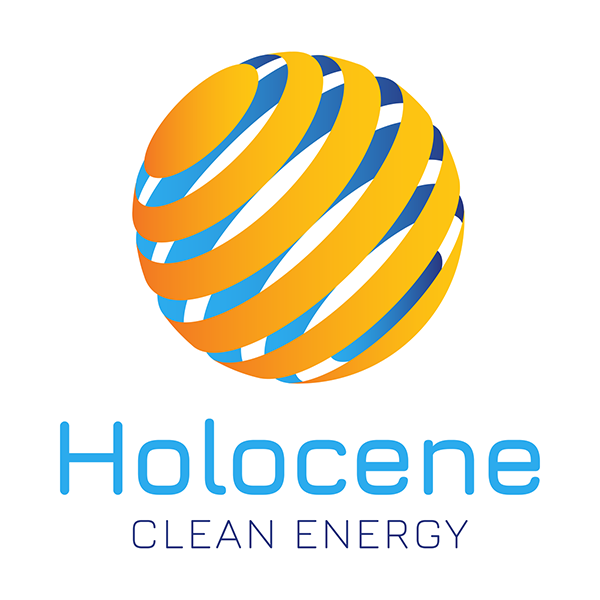A new emphasis on clean energy in many states juxtaposed with upcoming decrease in solar investment tax credit indicate that now is the time to invest in solar energy. In addition, state led decarbonization efforts are intensifying as solar economics are becoming more competitive – putting further pressure and pragmatism behind the shift towards renewable energy. US Energy Information Administration (EIA) expects 4.3GW of utility scale solar to enter service by the end of 2019. PV InfoLink predicts that module sales worldwide will be around 112 GW in 2019, due to China’s increased 2020 targets, and renewed market growth in India and the USA. It adds that 16 countries worldwide will achieve an increase of more than 1 GW in installed capacity next year. Trends predict that 2019 will see increased near-term deployment of renewable resources.
What will drive this growth?
- Energy Storage – increased investment in storage plays a huge role in balancing power supply and demand; tackling the intermittency issues of renewable energy. Storage guarantees a continuous power supply throughout the day and despite whether conditions. Ralph Thompson, CEO of Holocene Clean Energy comments that “two years ago, storage was a fantasy. Now, half of our projects have storage on pencil and we expect that to be all of them in the coming year.” Therefore, renewable energy can be an even bigger player during moments of peak demand – with less risk involved.
Dustin Soutendijk, HCE Engineering Associate, comments that “storage is going to be a really big piece of the pie in the future.” There are timing imbalances between peak demand and renewable energy production. In many energy markets, the peak demand occurs after sunset, when solar power is no longer available. Due to peak shaving through energy storage, solar bundled with storage has already become an increasingly cost competitive option. One trend to look out for is the type of batteries being used. Technology is expected to improve, making the use more viable and affordable (Deloitte Insights). This will also erode the advantages to traditional energy sources.
- Commitment – increasing numbers of corporations, cities, and countries are embracing emissions reduction targets and climate action plans. Many of these commitments began after the 2015 Paris Agreement, and it is likely that these will be expanded and emboldened by the IPCC’s 2018 report. RE100, which brings together corporations pledging to source 100% of their electricity from renewables, also sees a growing trend in the market. Corporates are helping mainstream renewables using private or corporate PPAs. In 2017, a total of 5.4 GW of clean energy contracts were signed by 43 corporations in 10 different countries, according to BloombergNEF, up from 4.3 GW. While the figures for 2018 were not out at the time of writing this, this figure is set to surpass 5 GW in 2018. Cities and municipalities are also increasingly committing to 100% renewable energy or zero net-carbon goals, which also translates into renewable-friendly legislation. This modernizes the grid and allows opportunity for solar interconnection.
- Advances in Technology – In addition to bifacial module advancements, energy storage, and other technology “hot” items, microgrids and AI have the potential to transform the global renewable energy landscape in 2019. Microgrids are local energy grids that can operate either autonomously or while connected to a traditional grid. This allows for energy independence, efficiency, and protection during emergencies. Gains in Artificial Intelligence (AI) with microgrid controllers allows for continuous adaptation and improvement of operation. On the West Coast, microgrids are taking the center stage.
- Accessibility – A benefit of the microgrid model is that it can be replicated in developing countries. Achieving universal access to energy is a critical component to global development. Community based micro-grids could represent the most cost-effective way of delivering affordable and reliable power to those currently living without it. Clean, modular and renewable energy systems are ideal for many of the communities that have been unable to benefit from conventional centralized forms of energy generation and delivery. Commitments from groups like the World Bank and SEforALL are laying a foundation for providing energy access to developing countries. We can expect to see renewables bringing light into places that have long been left in the dark.
- Sophistication and Standardization– This year, we could see two diverging trends that both grow from a deeper understanding and sophistication in the market. Trends may push towards both smaller, bite-size projects, and also towards consolidation and aggregation – on both the developer and the off-taker ends. Perhaps utilities will begin throwing their hat into the ring, acquiring solar companies, seeing it as useful to have a solar arm. This year, HCE Business Development Manager Laura Tillett predicts, “we will see renewable energy deals become so commonplace that they are easy to standardize –PPAs become transaction-based, don’t need a broker or negotiation as both buyers and the developers become more sophisticated on how to procure renewable energy.”
And while it’s fun to predict, Ralph Thompson, CEO of Holocene reminds us that “what we think is going to happen in solar and what we can generally predict, my guess is it is just going to be blown away. The pace of change, the adoption across the country will have a significant impact.” In some ways – things are moving faster than we can even predict.

